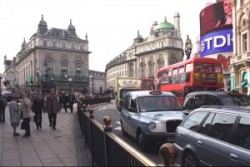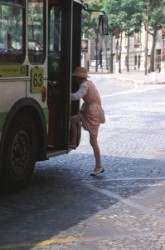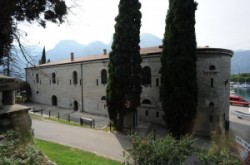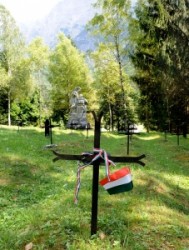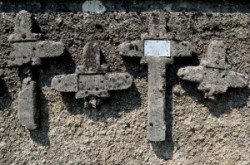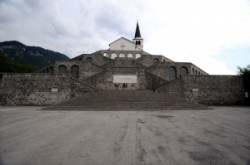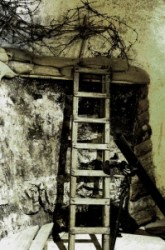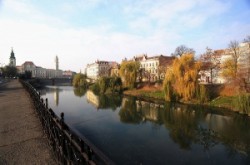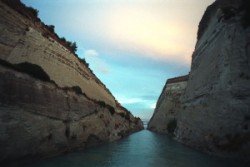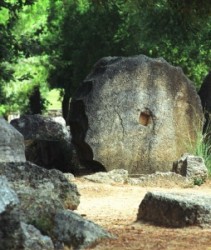
|
|
|
|
|
COUNTRIES, CULTURES, HISTORY
Galleries in this topic
|
| ||||||
|
| ||||||
|
| ||||||
|
| ||||||
|
Related topics
HungaryIsrael, Holy Land, Palestina
Italy
The world of the ancient Olympic Games
Paris
London
Netherland
Doberdo
Romania
Benda. Magyar Emlékek Itáliában.
Az olasz front magyar emlékei.

